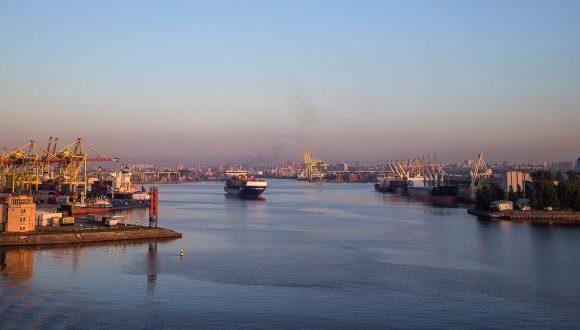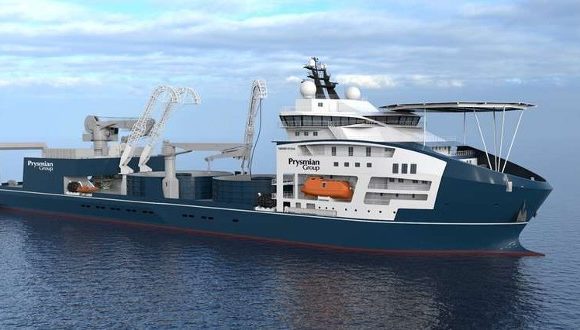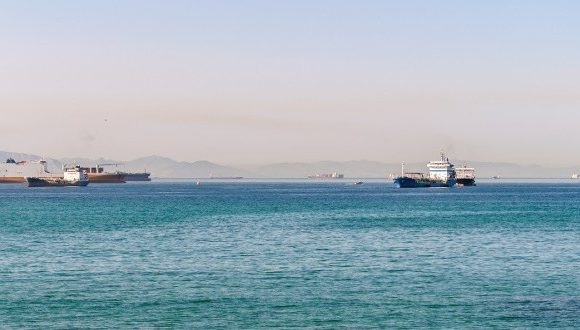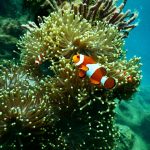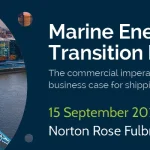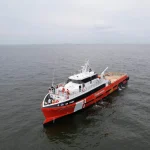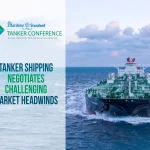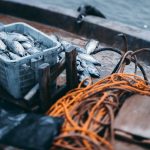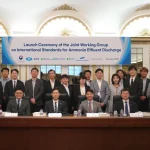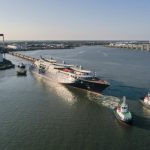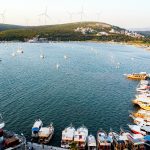Wastewater Management: Designers Should Not Treat Water Treatment as an Afterthought
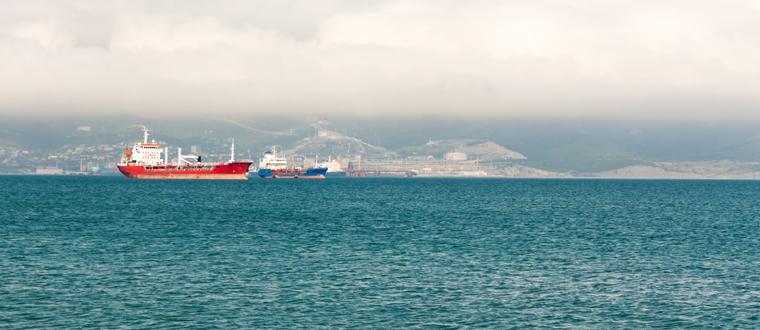
“Wastewater management presents a challenging dilemma that if not addressed in the design stages can impact a vessel’s operational flexibility,” ACO Marine’s managing director Mark Beavis told delegates at a Royal Institution of Naval Architects conference.
Providing an overview of the technical challenges faced when designing and building systems for prestigious projects, such as mega yachts, offshore and naval vessels, Beavis said that while water treatment is a ‘mission critical’ component to operations, it is, in reality, “an afterthought” for naval architects involved in the design and construction of arguably the world’s most prestigious and innovative vessels.
“Many systems onboard can technically malfunction without passengers and staff ever noticing… but if the wastewater system associated with the bathrooms and toilets fail, it will not go unnoticed by the owner and guests. Similarly, if the treatment process is incorrectly specified. a process overload or even breakdown could result in pollution and environmental breaches often attracting hefty fines and, in extreme cases, criminal proceedings against the crew and owner of the vessel,” he said.
Speaking at RINA’s Design & Construction of Super & Mega Yachts conference, in Genoa, Italy, Beavis emphasised the importance of not just the treatment aspect of the problem, but to consider wastewater treatment from a “whole ship” perspective.
“To understand what wastewater is being produced where, in what quantities, at what frequency and how it will be stored and transferred around the vessel prior to, and after, treatment, is crucial to not only meeting stringent wastewater requirements, but also to optimising the operational performance of the vessel.”
Going on to explore the impact of IMO MEPC 227 (64), the revised wastewater discharge rules that entered into force in January 2016, he said: “Given the increasing trend for expedition-type yachting in ecologically sensitive areas such as the Baltic, the new regulation will make some existing plant incompatible as MEPC 227(64) changes both discharge requirements and test protocols. It has the specific aim of reducing nitrogen and phosphorous from passenger vessel treated water discharges, preventing the acceleration of nitrification of the seas.
“For PYC vessels (with more than 12 passengers) the Section 4.2 of the revision specifically prohibits black (sewage) water discharge into the Baltic Sea special area, with the exception of vessels equipped with a type-approved wastewater treatment system that meets effluent discharge requirements of less that 10mg/l of Nitrogen and less than 1.0mg/l of Phosphorous.”
He revealed that a survey carried out in 2012 concluded that “a significant number of treatment systems did not meet the existing standards, due to improper use of detergent, a lack of maintenance, or simply because operators failed to follow the plant manufacturer’s operating instructions”.
“Many technologies in use on larger yachts have, until now, used technologies that depend on dilution and chemical sterilisation to achieve permitted effluent standard,” he said, adding that this is largely due to the smaller footprint and capital expenditure of these systems. “But dilution is not a solution to pollution; it is not treating the waste, only reshaping it.”
Commenting on the membrane and biological treatment technologies inherent to the company’s Maripur NF and Clarimar MF treatment units, Beavis revealed that ACO Marine is nearing the commercial launch of a new, enhanced biological system for yachts in the LY3 category.
“The Clairmar LY3 offers a simpler and more cost-effective solution for yachts with no more than 12 passengers and where compliance with Section 4.2 Nitrogen and Phosphorous removal is not required. This type of system is fast becoming the industry standard for the 50m plus yacht and recognised as a viable and practical alternative to physical chemical and dilution technologies.
Although larger than their chemical counterparts, they usually do not require use of ship’s buffering tanks and so the overall space requirement for the whole system is comparable in overall system size.”
About ACO Marine
ACO Marine is a member of the international German-headquartered ACO Group and a leading supplier of advanced wastewater treatment systems to the global commercial, naval, offshore and leisure marine sectors with a sales and service network world-wide. Its unique environmental solutions are used primarily in wastewater technology, wastewater management and drainage systems. The wide range of products includes advanced membrane bioreactor systems, conventional extended aeration with ‘bio-sword’ filtration sewage treatment plants, push-fit pipe systems in both stainless and galvanised steel and fully automated high capacity grease separators. ACO Marine develops in-house solutions from its ISO 9001 accredited production facilities, all of which are located entirely within the EU.

